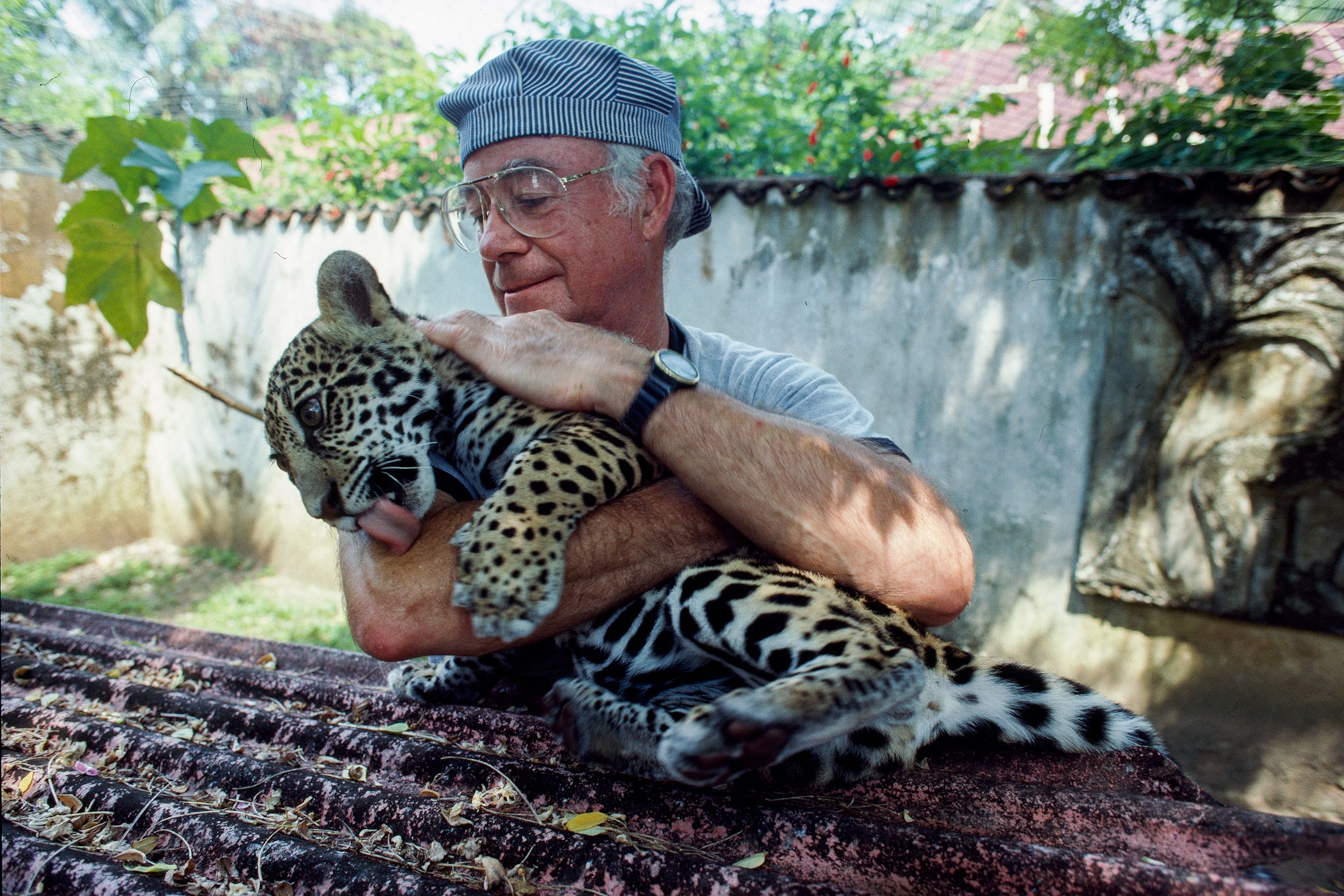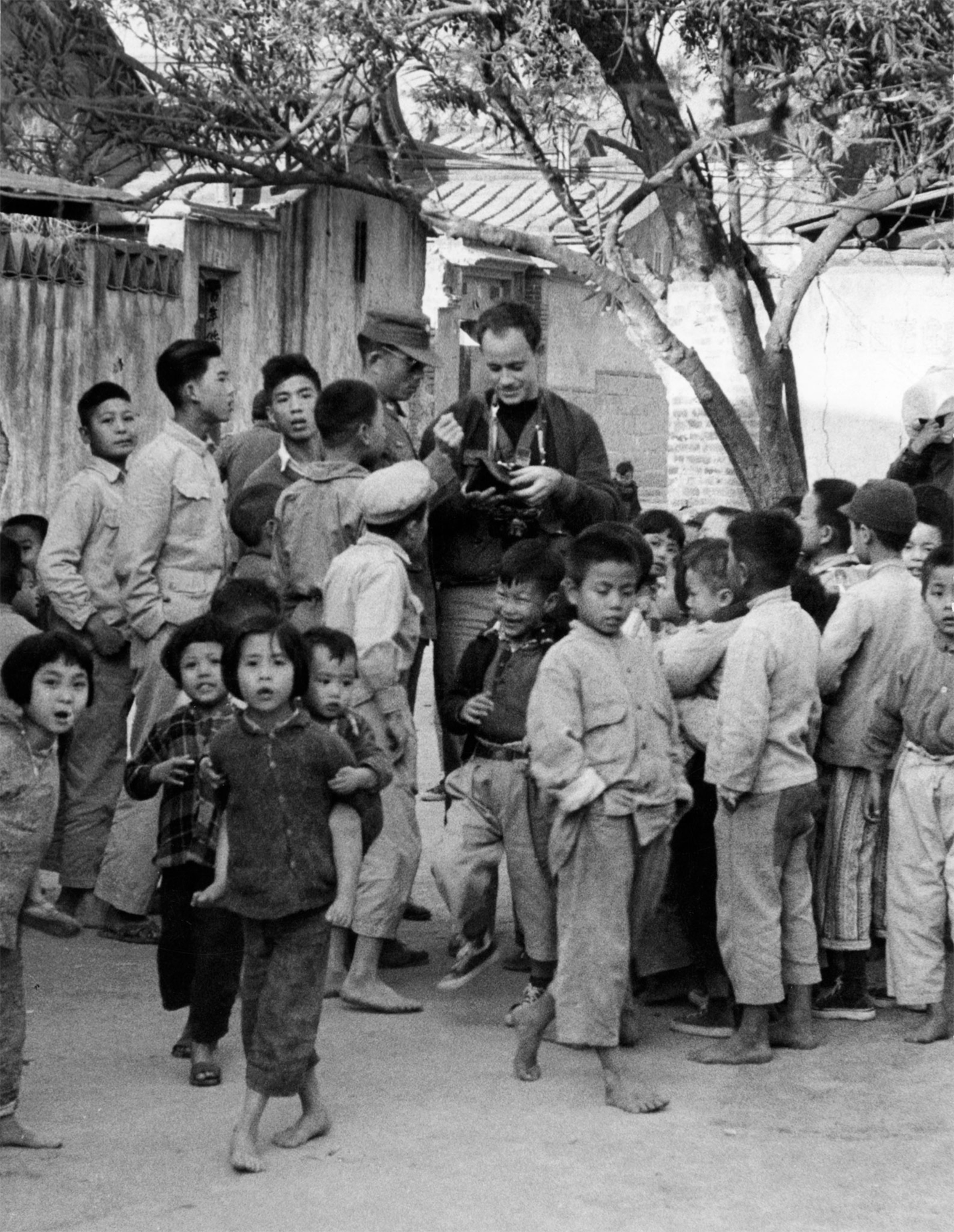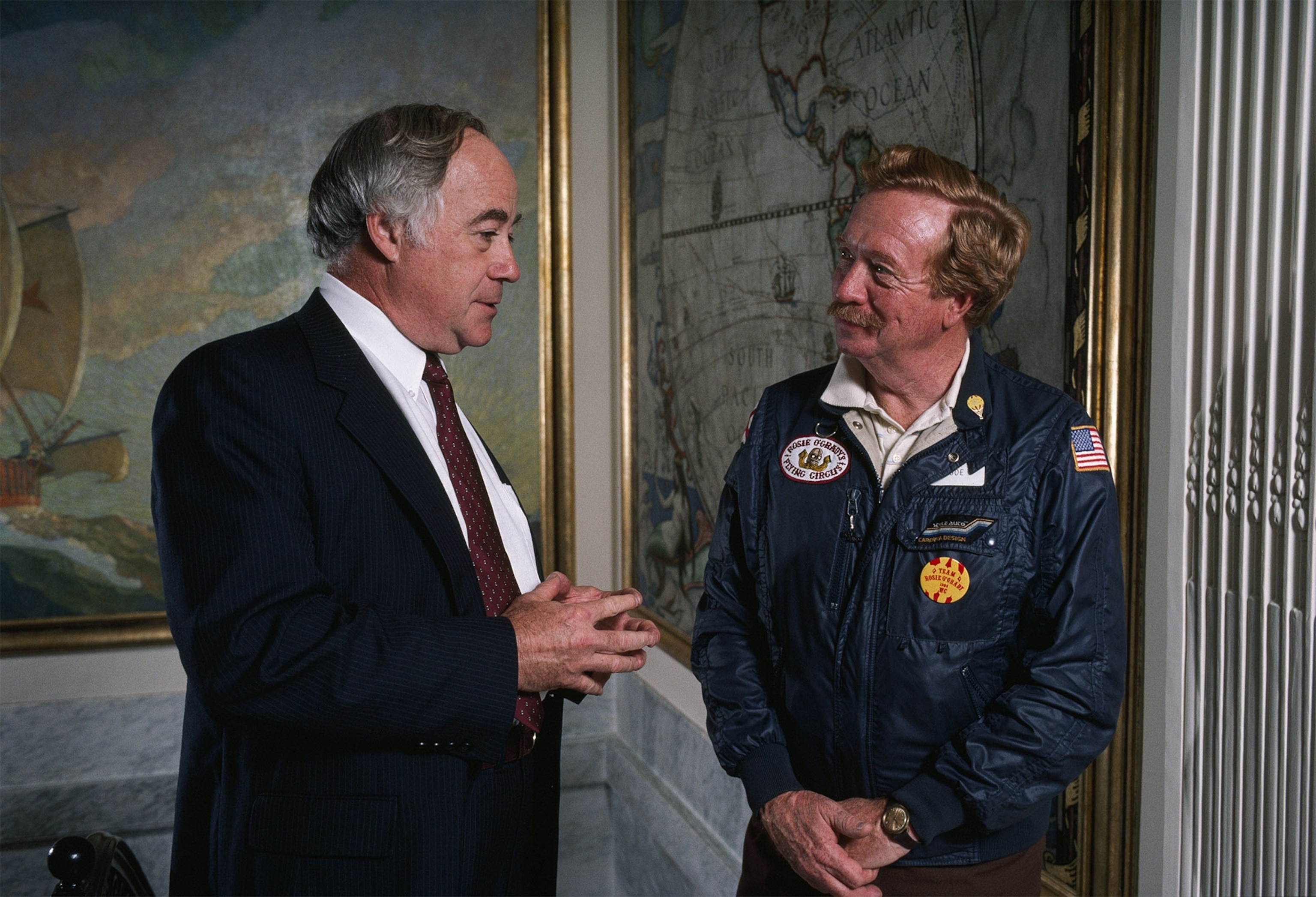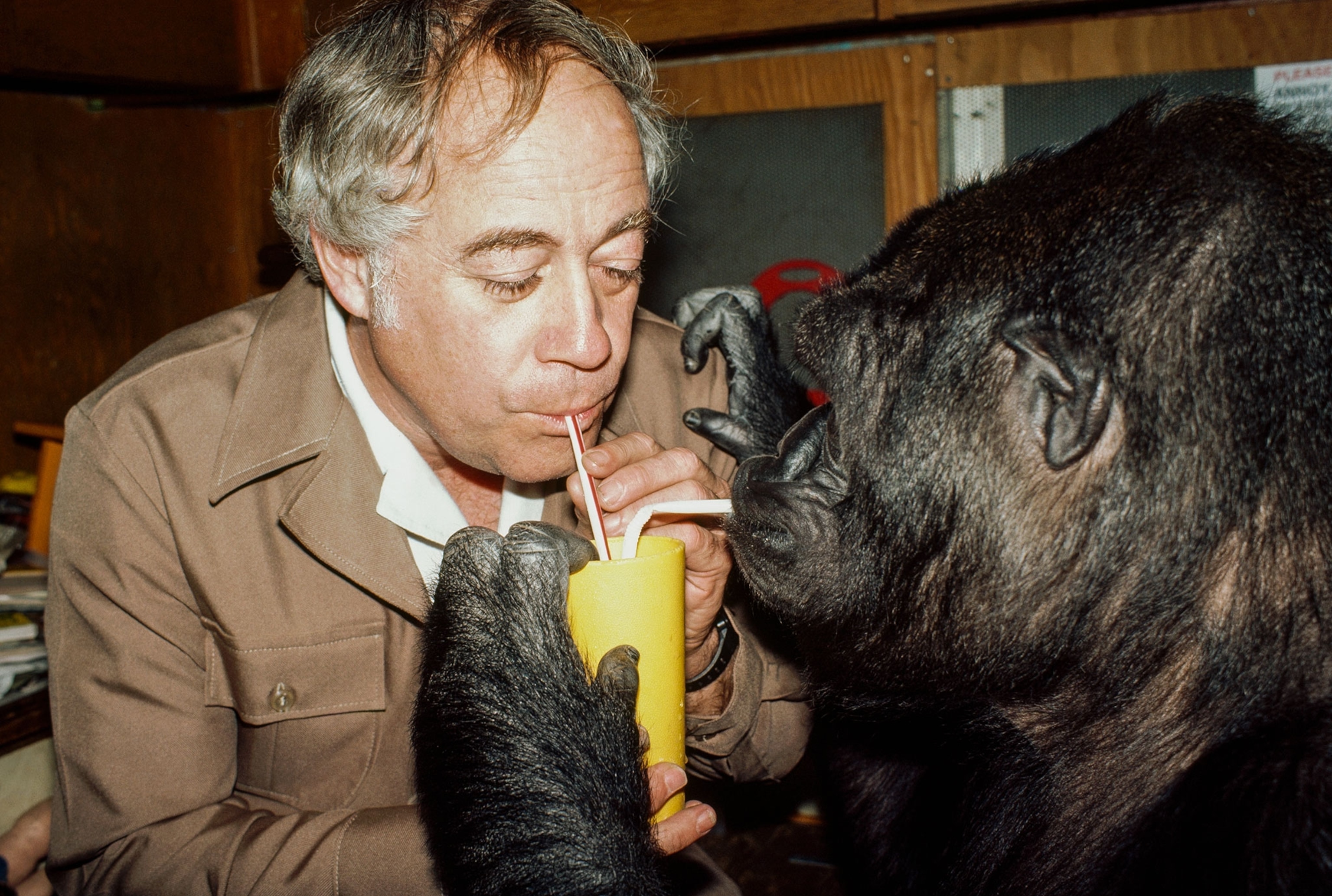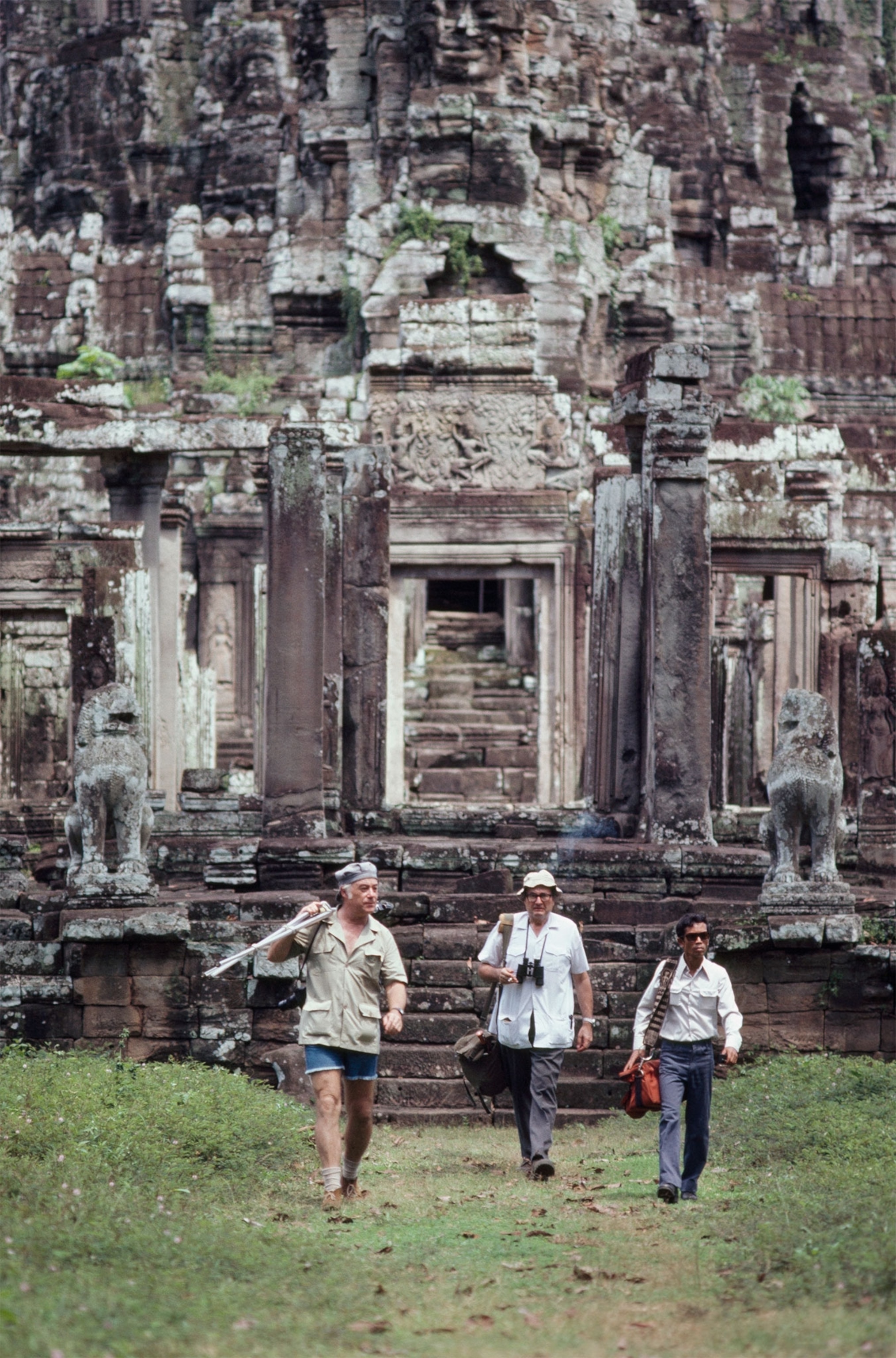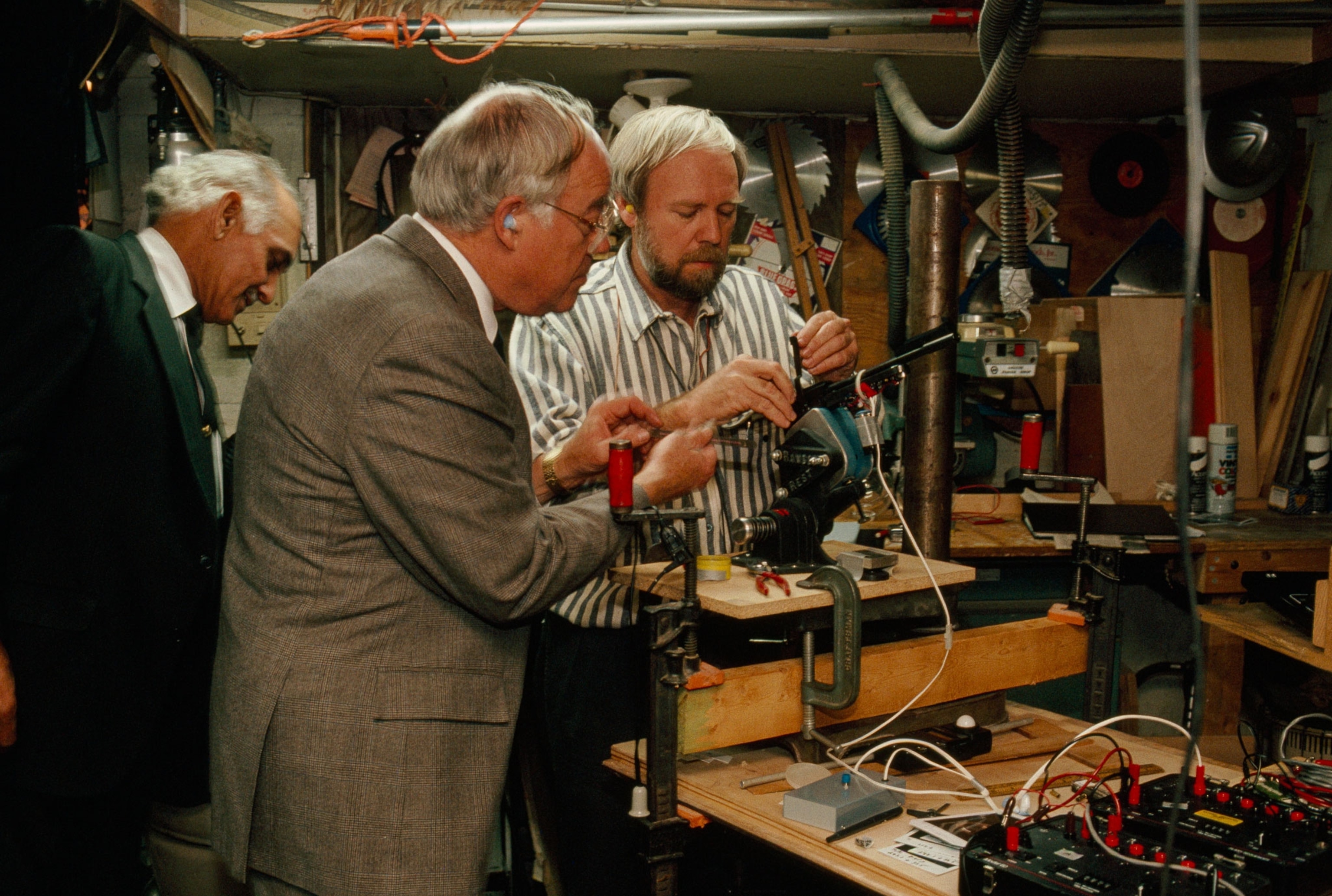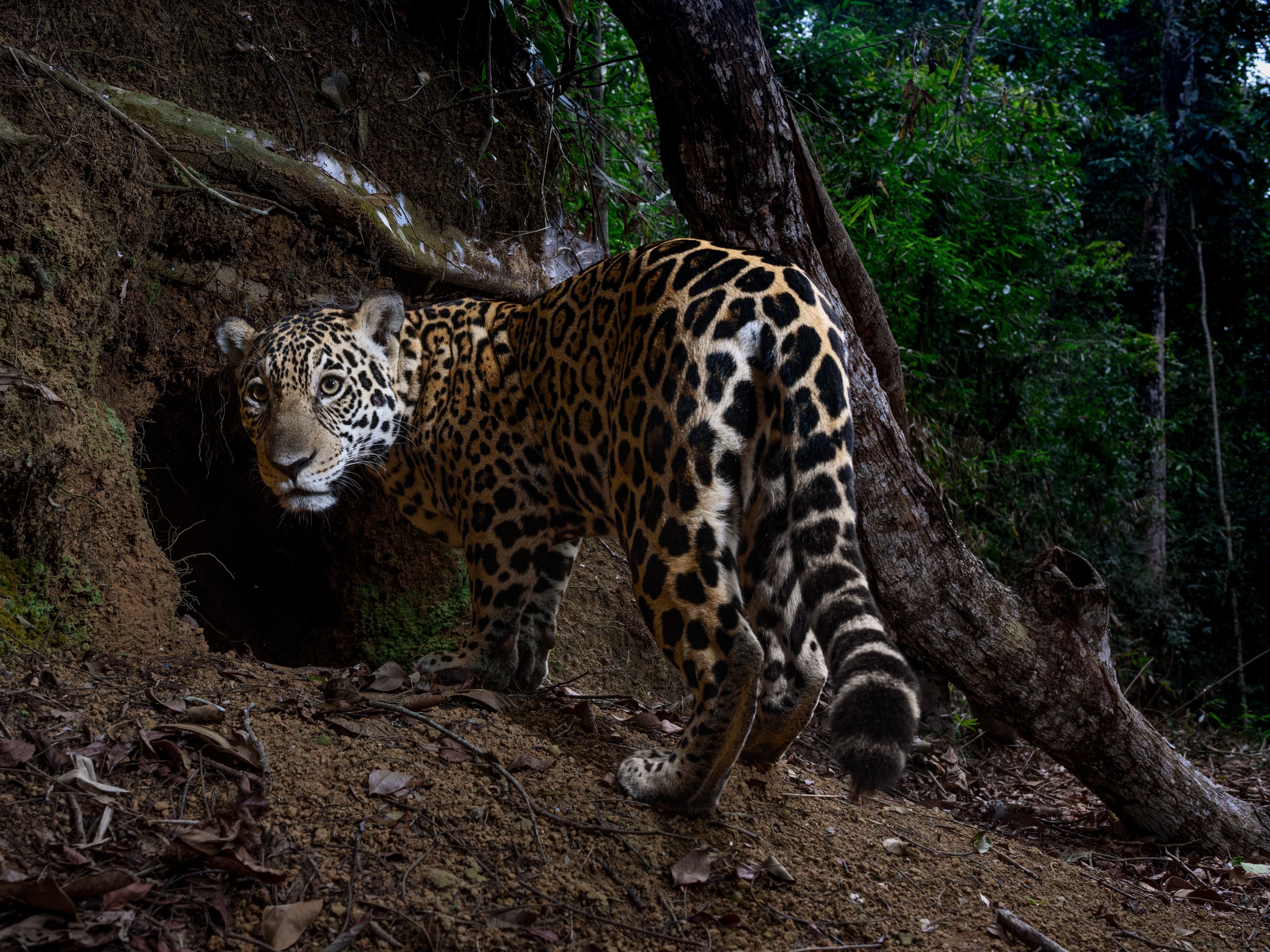Former National Geographic Editor Bill Garrett Dies
Garrett, the editor who published the famous "Afghan girl" photo, expanded the magazine's use of photojournalism and visual storytelling.
Wilbur Garrett, the editor of National Geographic magazine during the 1980s and a 36-year veteran of the publication’s staff, passed away at his home on Saturday, August 13. He was 85.
Garrett, who was known to colleagues as Bill, was the seventh editor of National Geographic, taking the helm of the publication several years after the Vietnam War and presiding over the magazine during the Reagan Administration and the final decade of the Cold War.
A former Air Force photographer, Garrett brought a strong visual sense to the magazine, including the use of photojournalism to draw increased attention to conflict and injustice around the world.
During Garrett’s tenure, photographer Steve McCurry returned from Afghanistan with a portrait of a green-eyed Afghan refugee with her head draped in a red scarf. The photo had initially been placed aside, but Garrett pulled it back into consideration and then published it on the cover of the June 1985 edition. One of the magazine’s most iconic photos, it remains the only image to be published on the cover twice, appearing again on the October 2013 edition.
“Bill was more in tune with the times and a lot of things in cameras, in film, and how stories were changing,” says Tom Smith, a former associate editor who worked with Garrett from 1956 to 1990. “His talents, his skills, and his personality all came at a good time for the Geographic.”

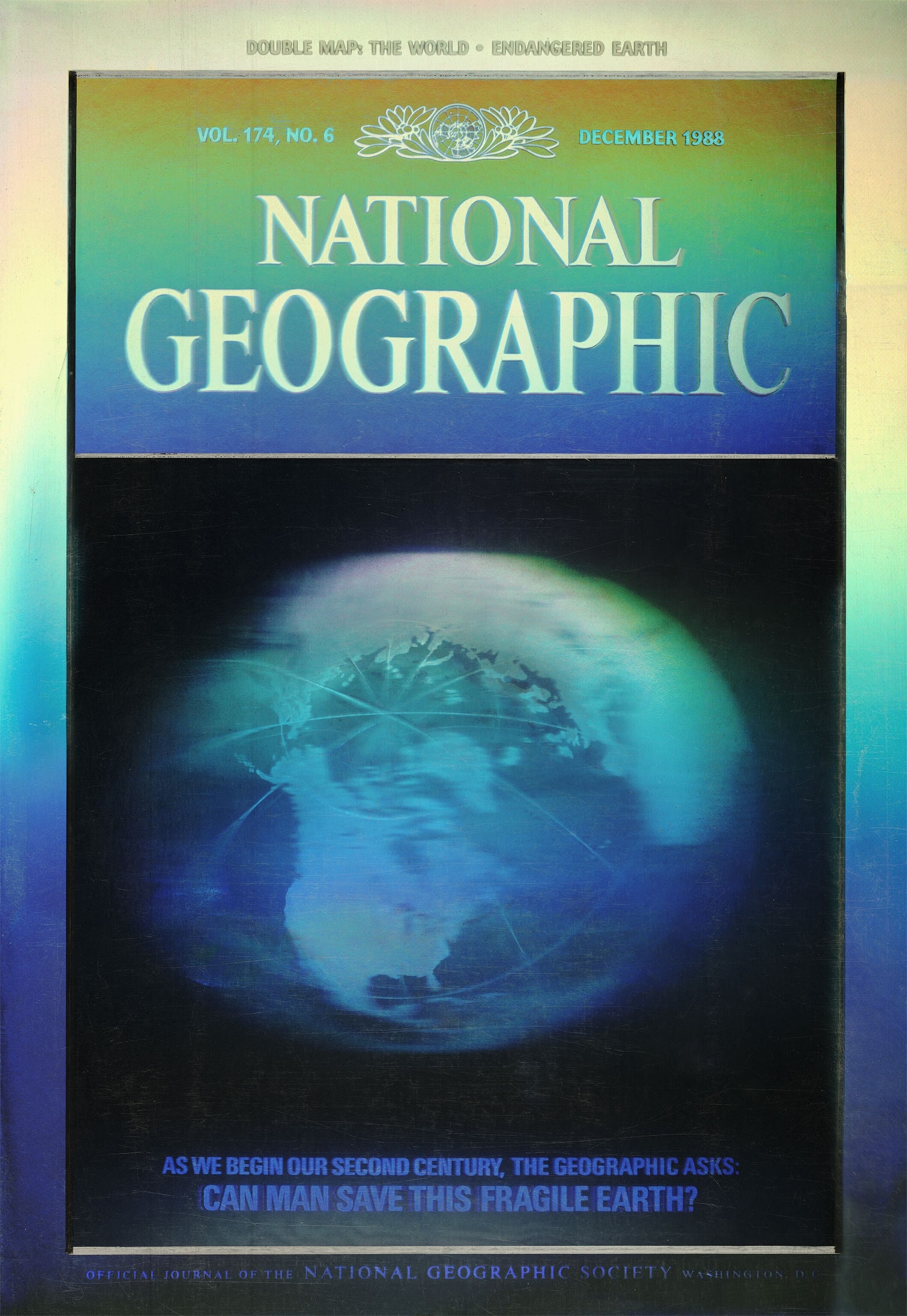
Garrett left the magazine in 1990 after 10 years as editor. The departure came amid public disagreements with the Society’s chairman and former editor, Gil Grosvenor, over the direction of the magazine as it attempted to broaden its appeal and attract younger readers. Garrett wanted to expand National Geographic’s traditional celebration of the world by covering more newsy and controversial topics, including the Exxon-Valdez oil spill, the fall of the Berlin Wall, and AIDS in parts of Africa.
Colleagues remember Garrett as the formative editor who helped create the modern National Geographic. The brand has since expanded into TV programming, books, and several other magazines, using visual storytelling to bring about positive change.
"Bill was one of the first editors to believe and promote the idea that photographers were photojournalists and storytellers, not merely illustrators of a writer's text,” says Sarah Leen, the magazine’s current director of photography. “He helped to create a generation of highly accomplished photojournalists and photo editors whose influence can still be felt today, and his leadership laid the foundation for our continued brand leadership and recognition for publishing the best photography in the world.”
Garrett's son, Ken Garrett, who has been a photographer for the magazine for 40 years, recalls how his father helped redefine what it meant to be a journalist working for National Geographic. He encouraged career growth and deepening one's personal understanding, particularly in photography.
A celebration of his life will be held in the Fall, likely at the Cosmos Club in Washington, D.C., the site where the National Geographic Society was founded. In lieu of flowers, his family has asked donations be made to the The Nature Conservancy of Virginia or The American Bird Conservancy.
